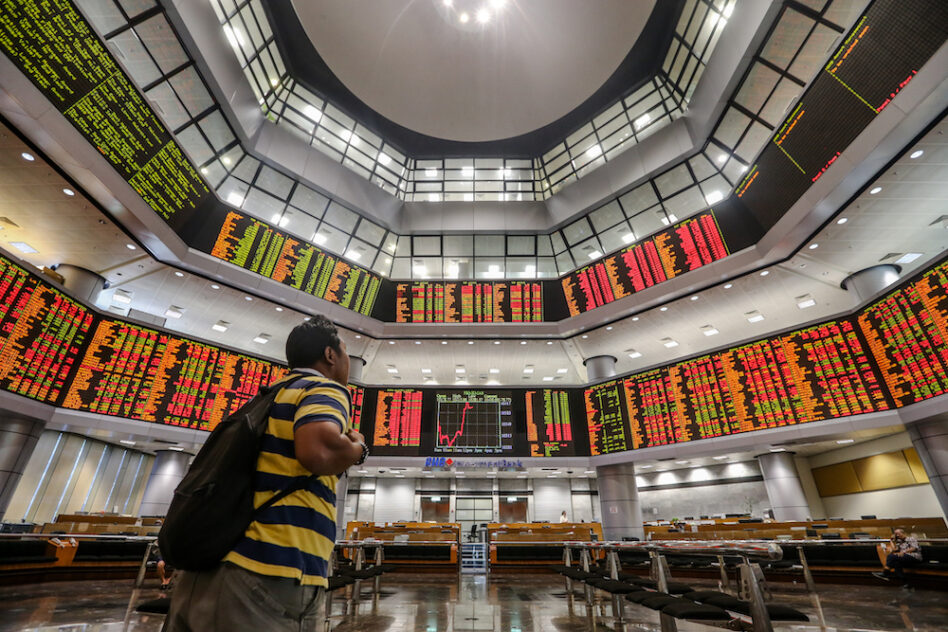RAM Rating Services Bhd has observed that banks in Malaysia paid higher dividends in the financial year ended Dec 31, 2019 (FY19) against the backdrop of a cloudy outlook on loan growth and build-up of excess capital.
However, it said banks’ capital positions are envisaged to remain solid after their dividend payments.
In a statement today, RAM Ratings financial institution ratings co-head Wong Yin Ching said the dividend payout ratios of domestic banking groups in FY19 ranged from 29% to 88%, markedly higher than the 19-77% in the previous year.
“The softer projected loan growth amid the still-strong asset quality of the domestic banking system means lighter capital needs.
“This will allow banks to distribute some of their excess capital to their shareholders,” she said.
According to Wong, the Malaysian banking sector wrapped up 2019 with a muted 3.9% loan expansion, a multi-year low as compared with 5.6% in 2018.
“Already having had to contend with the US-China trade tensions and anaemic global growth, the global Covid-19 outbreak and domestic political uncertainties are expected to further constrict credit demand,” she said, adding that in 2020, loan growth is likely to clock in below that of 2019.
RAM Ratings said as of end-December 2019, the domestic banking industry’s common equity tier-1 capital and total capital ratios stood at a relatively high 13.8% and 17.9%, respectively, from 13.9% and 18.1%, respectively, as of end-December 2018.
Banks have been building up their capital buffers through the years, in line with Basel III requirements, it said.
It added that Bank Negara Malaysia’s recent release of the framework for domestic systemically important banks (D-SIBs) and the inaugural list of D-SIBs has also removed any uncertainty pertaining to additional capital requirements for banks. – March 6, 2020, Bernama








